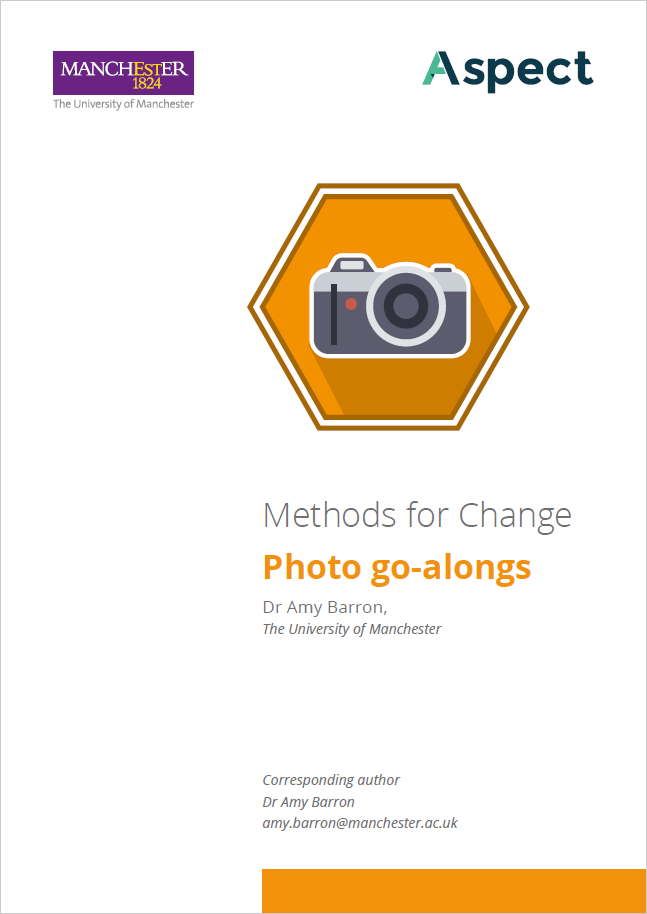Research Method: Photo Go-alongs
Photo go-alongs involve undertaking a journey with a participant whilst talking and taking photographs. The walk or journey may follow a predetermined route designed by or for the participant, perhaps visiting significant places or a site of interest.
Alternatively, the photo go-along may take the form of an unstructured wander around a place, such as a town centre. It could also involve accompanying a participant on an activity, perhaps one they usually undertake like a walk to the shop or walking a dog. Whilst moving, participants are encouraged to photograph and discuss anything of significance to them. This could be anything from litter on the street, to renowned buildings, and everything between. The combination of movement, talking and photography allows participants to think about places and events critically, as they consider which route to take and what to photograph and discuss. Photo go-alongs are particularly useful for researchers who are interested in understanding the complex lives of participants in order to bring lived experiences to light. Like other arts-based and participatory approaches, photo go-alongs allow researchers to understand the world from the perspective of participants, provide rich insight into how participants make sense of the world, and illuminate the dynamics amidst people and place.
You can find more research outputs from the Methods for Change series here






